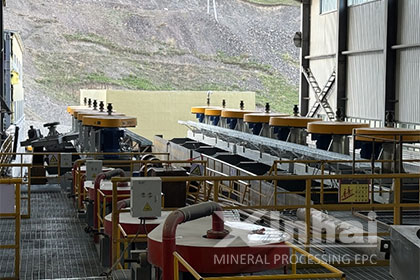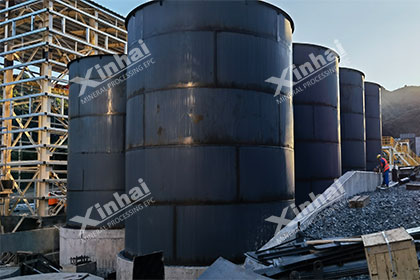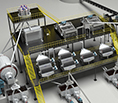What Is the Process of Gold Elution? Guide to Gold Recovery
 Laura
Laura
 Jul 30, 2025
Jul 30, 2025
 1201
1201
If you want to know more details about equipment, solutions, etc, please click the button below for free consultation, or leave your requirements!
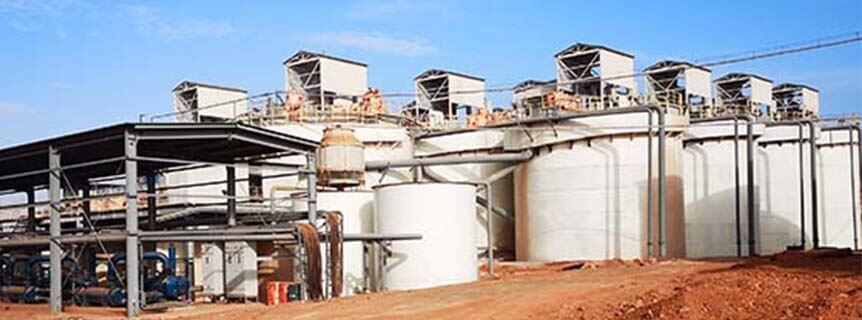
( 15000TPD Gold Ore Processing Plant in Guinea )
Gold's journey from ore to bullion is a marvel of modern chemistry and engineering. One of the most critical—yet often overlooked—steps in this process is gold elution, the method used to “wash” gold off activated carbon after it's been captured from ore. But how does it work, and why is it so important? This guide breaks down the gold elution process, its role in mining, and how it transforms hidden particles into gleaming bars.
01The Role of Elution in Gold Mining
BackBefore gold reaches your jewelry, it undergoes several stages:
Beneficiation: Preparing ore to extract gold.
Leaching: Dissolving gold using chemicals like cyanide.
Adsorption: Trapping gold onto activated carbon.
Elution: Stripping gold from the carbon for final recovery.
Elution acts as the bridge between raw, carbon-trapped gold and the pure metal we value.
02Step 1: Beneficiation – Preparing the Ore
BackBeneficiation upgrades ore quality to make gold extraction feasible:
Crushing & Grinding: Ore is crushed into sand-sized particles, then ground into a fine powder to liberate gold.
Gravity Separation (Optional): Tools like centrifuges or shaking tables concentrate coarse gold particles.
Cyanide Leaching: A sodium cyanide solution dissolves gold into a liquid (forming gold-cyanide complexes).
Adsorption: Activated carbon is mixed with the solution, where its porous surface traps gold molecules.
03Step 2: The Elution Process – Stripping Gold from Carbon
BackOnce carbon is loaded with gold, elution reverses the adsorption process:
1. Preparing Loaded Carbon
Carbon is removed from adsorption tanks and rinsed to remove debris.
2. Transfer to Elution Column
The carbon is placed in a sealed, pressurized column designed to withstand high temperatures.
3. Hot Chemical Bath
A solution of caustic soda (NaOH) and cyanide is heated to 100–120°C and pumped through the column.
Heat weakens the bond between gold and carbon.
Chemicals dissolve gold back into a liquid, creating a pregnant eluate (gold-rich solution).
4. Solution Collection
The gold-cyanide solution is drained, filtered, and sent to the next recovery stage.
Safety Note: Elution systems are closed to prevent exposure to toxic fumes, and excess cyanide is recycled.
04Step 3: Recovering Gold from the Eluate
BackThe pregnant eluate undergoes two key steps to become pure gold:
1. Electrowinning:
The solution flows into tanks with stainless steel cathodes.
An electric current pulls gold ions onto the cathodes, forming a gold “sludge.”
2. Smelting:
The sludge is melted in a furnace at 1,064°C (gold's melting point).
Fluxes like borax bind impurities into slag, leaving behind doré bars (90–95% pure gold).
05Step 4: Carbon Regeneration
BackThe stripped carbon isn't discarded—it's recycled:
Acid Washing: Removes mineral deposits (e.g., calcium) that clog pores.
Thermal Reactivation: Heated to 700°C in a kiln to burn off organic residues and restore porosity.
Reuse: Regenerated carbon is reused in adsorption tanks, cutting costs by up to 80%.
06Environmental & Safety Considerations
BackCyanide Management: Closed-loop systems recycle cyanide, reducing environmental risks.
Tailings Storage: Neutralized waste is stored in lined ponds to prevent groundwater contamination.
Emissions Control: Scrubbers filter toxic gases during smelting.
07FAQs
BackQ: Why not burn the carbon to retrieve gold?
A: Burning releases toxic fumes and destroys the carbon. Elution is safer and preserves carbon for reuse.
Q: How efficient is gold elution?
A: It recovers 90–95% of gold. Residual gold in carbon is often reprocessed.
Q: Is cyanide the only chemical used?
A: While common, some mines use alternatives like thiosulfate, though they're slower and costlier.
08Conclusion
BackGold elution is an essential step in the gold extraction process, enabling the efficient recovery of gold from activated carbon after it has been leached from ore. Understanding this process, along with its role in the broader context of beneficiation, is vital for those involved in gold mining and metallurgy. By optimizing elution techniques, mining operations can enhance gold recovery rates, improve product purity, and ultimately achieve greater economic success in the competitive mining industry.
Feel free to contact us and learn more about gold elution process!
 +86 183 3575 8886
+86 183 3575 8886 pinklaurabao@gmail.com
pinklaurabao@gmail.com



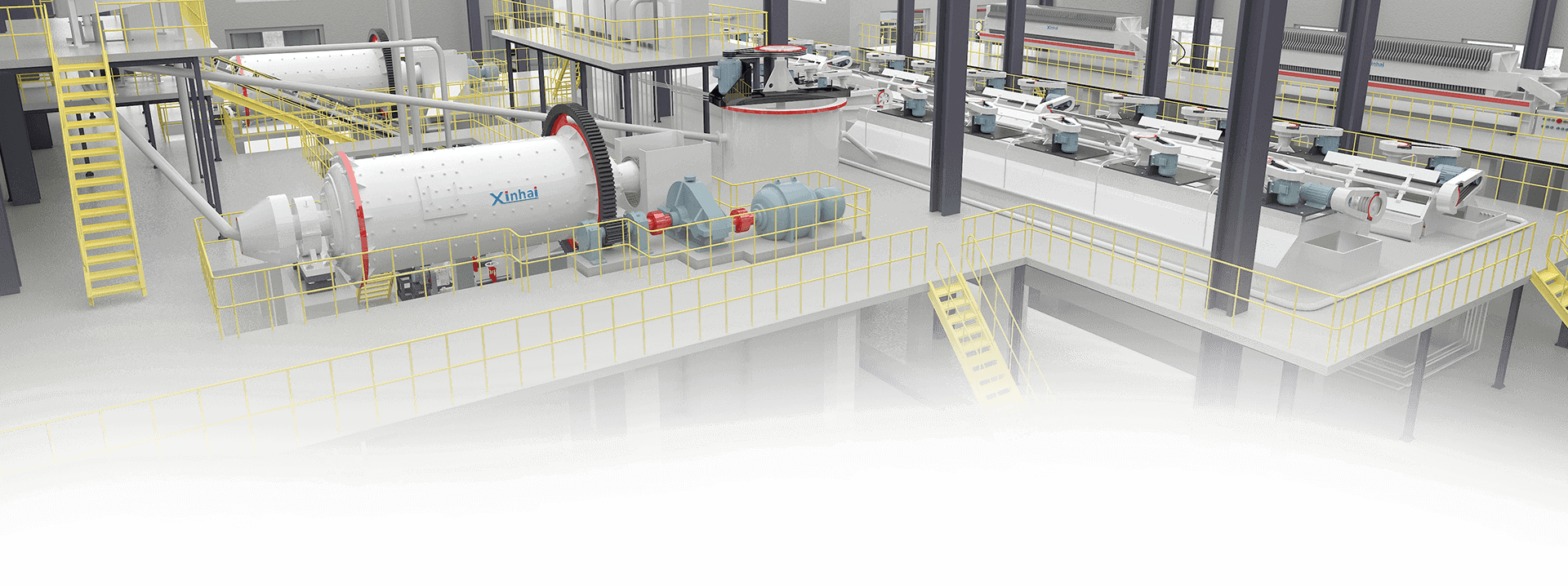
 Message
Message Chat Now
Chat Now


